Can Tho City will issue local government bonds to mobilize about VND2,000 billion in the next two years for development investment.
The bond issuance plan is being implemented by Can Tho City. Accordingly, the amount of money mobilized is about 1,000 billion VND per year (2,000 billion VND in two years) will be invested in building key local projects, resettlement projects, anti-landslide projects, and urban beautification. The source of funds to be repaid when due will come from the city budget.
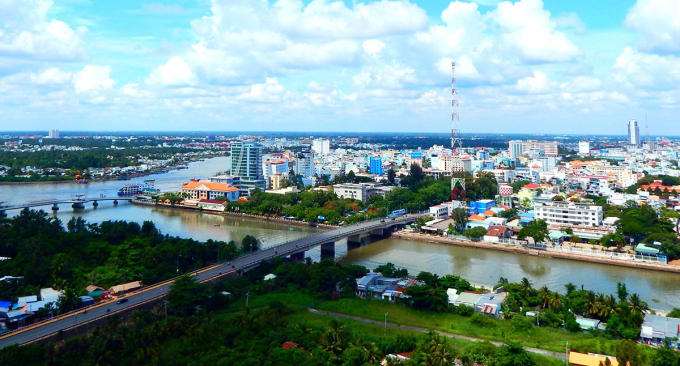
A corner of Can Tho City in the central district of Ninh Kieu. Photo: An Binh
The bond issuance is carried out in accordance with Resolution No. 45/2022 of the National Assembly on piloting a number of specific mechanisms and policies for the development of Can Tho City. Accordingly, localities are allowed to borrow through the issuance of local government bonds, from domestic financial institutions, foreign loans from the Government... with the total outstanding loan balance not exceeding 60% of the city's budget revenue according to decentralization.
In 2023, Can Tho's budget revenue is estimated to reach more than 10,000 billion VND. Thus, the locality will be able to borrow a maximum of more than 6,000 billion VND. Of which, the total expected outstanding debt by the end of 2023 of Can Tho is 2,685 billion VND, so the additional loan amount is about 3,329 billion VND. In 2024, Can Tho's estimated domestic revenue is more than 11,600 billion VND. At that time, the local budget revenue will be 11,115 billion VND, corresponding to the city's maximum total outstanding debt of over 6,600 billion VND.
According to the plan for next year, this locality will continue to implement the Urban Resilience Development and Enhancement Project using re-loan capital from the Government's ODA loan source with an amount of over VND 1,320 billion and is expected to issue local government bonds worth VND 1,000 billion. Thus, the total outstanding loan balance expected by the end of 2024 of the city will not exceed the allowable limit (over VND 4,700 billion).
Can Tho is one of the five centrally-run cities and the largest urban area in the Mekong Delta with a population of over 1.2 million. In the period 2015-2020, this locality achieved an average economic growth rate of 7.53% per year, with an average income per capita of 97.2 million VND (equivalent to 4,136 USD); the export turnover of goods and services earning foreign currency reached over 11 billion USD (an average increase of 19.75% per year).
In the 2020-2025 period, Can Tho aims for an economic growth rate (GRDP) of 7.5-8% per year. The average gross regional domestic product per capita by 2025 will reach 145-160 million VND, equivalent to 6,200-6,800 USD. The poverty rate will be reduced to below 0.5% by 2025.
Can Tho is assessed to have developed in a way that is not commensurate with its location and potential. The quality of urban planning is not high, with many shortcomings such as: unsynchronized infrastructure, increased traffic congestion, flooding, environmental pollution, illegal construction...
During this term, the city focuses on building and developing into a civilized and modern urban area with strong Southwestern identity; being the center of the Mekong Delta in terms of industry, services serving the processing industry and high-tech agriculture; education and training, specialized healthcare...
An Binh
Source link






![[Photo] Binh Trieu 1 Bridge has been completed, raised by 1.1m, and will open to traffic at the end of November.](https://vphoto.vietnam.vn/thumb/1200x675/vietnam/resource/IMAGE/2025/10/2/a6549e2a3b5848a1ba76a1ded6141fae)

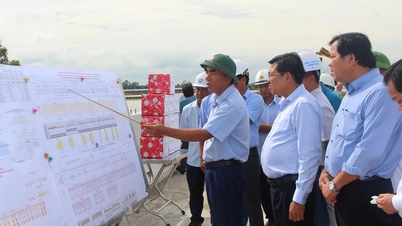







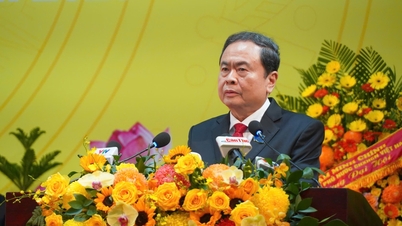

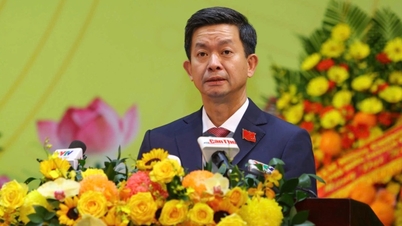








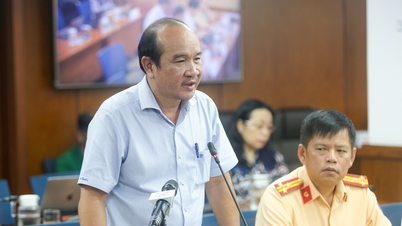




























































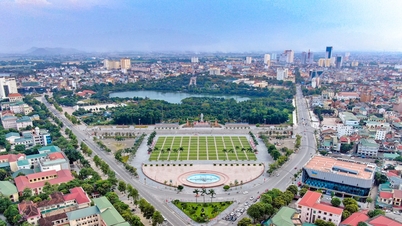

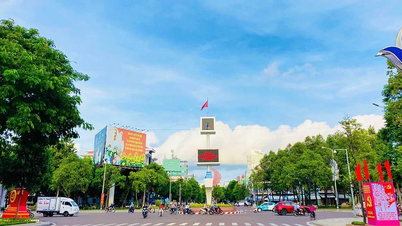
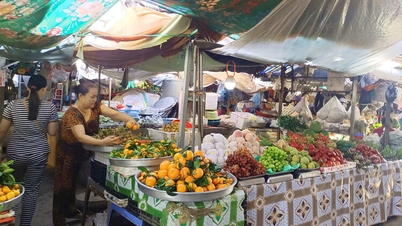













Comment (0)